Archaeologists Left Baffled by Mysterious Underground ‘Entrance’ Near Egypt’s Great Pyramid
One of Egypt’s great pyramids has more secrets than we may ever fully understand or uncover. However, archaeologists have discovered one of those secrets underneath the Giza pyramid complex.
Researchers using new tools like ground-penetrating radar have uncovered structures hidden below the surface that could be an unknown tomb built 4,500 years ago.
Uncovering New Structures
The team used this new technology on the Giza’s Western Cemetery to uncover two underground structures: one shallow and the other deep.
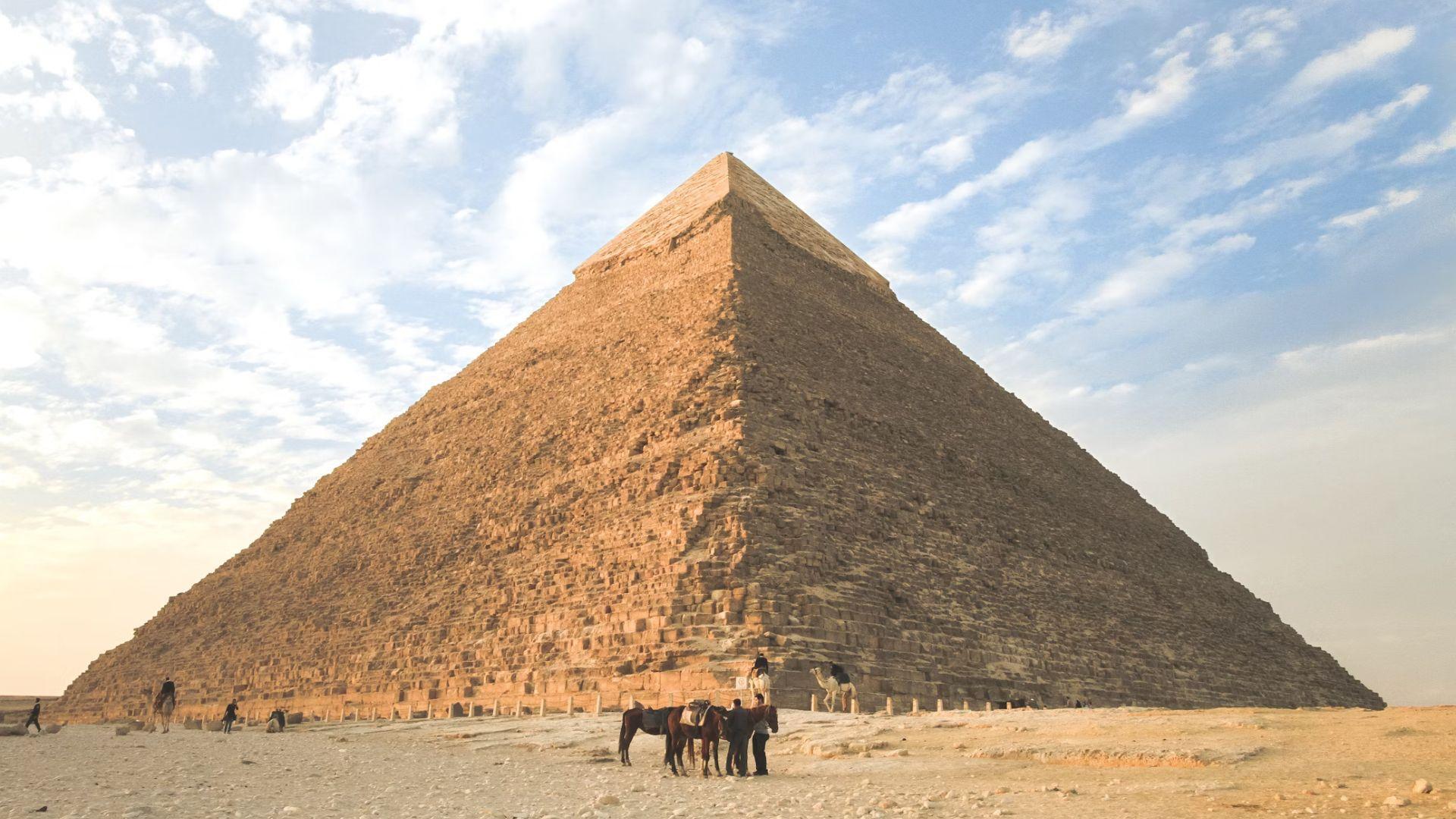
Source: Jeremy Bishop/Unsplash
Archaeologists described the structures as an anomaly because of how their density differs from that surrounding them.
Study Reveals the Structures Are Man-Made
The study’s first author, Motoyuki Sato, a professor at the Center for Northeast Asian Studies at Tohoku University in Japan, told Live Science that he and his team are certain the structures are not a natural phenomenon.
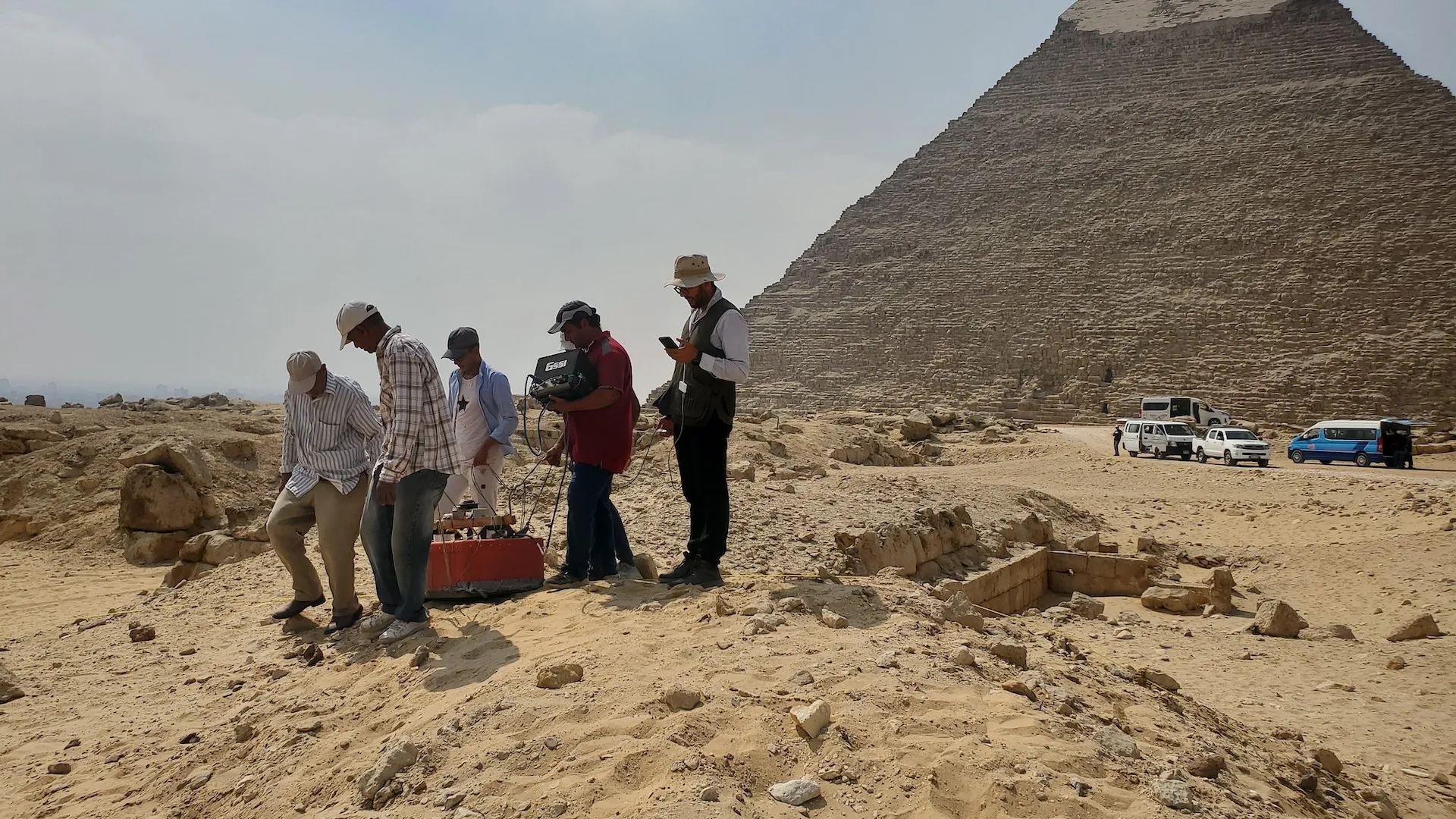
Source: Motoyuki Sato
Sato stated that the structures have too sharp a shape to be natural, indicating they are likely man-made. However, future research is needed to determine additional details about their origin and purpose.
The Shape of the Structure
The L-shaped structure, which is believed to be man-made, is up to six feet below the surface and is filled with sand.

Source: The Giza Project at Harvard University
Researchers speculated that someone did this after constructing the pyramid to block the entrance to the chamber, which lies nearly 30 feet below.
The Burial of a Pharaoh
They believe these structures to be man-made due to their shape, with one featuring an L-shaped form and an entranceway to a chamber below.
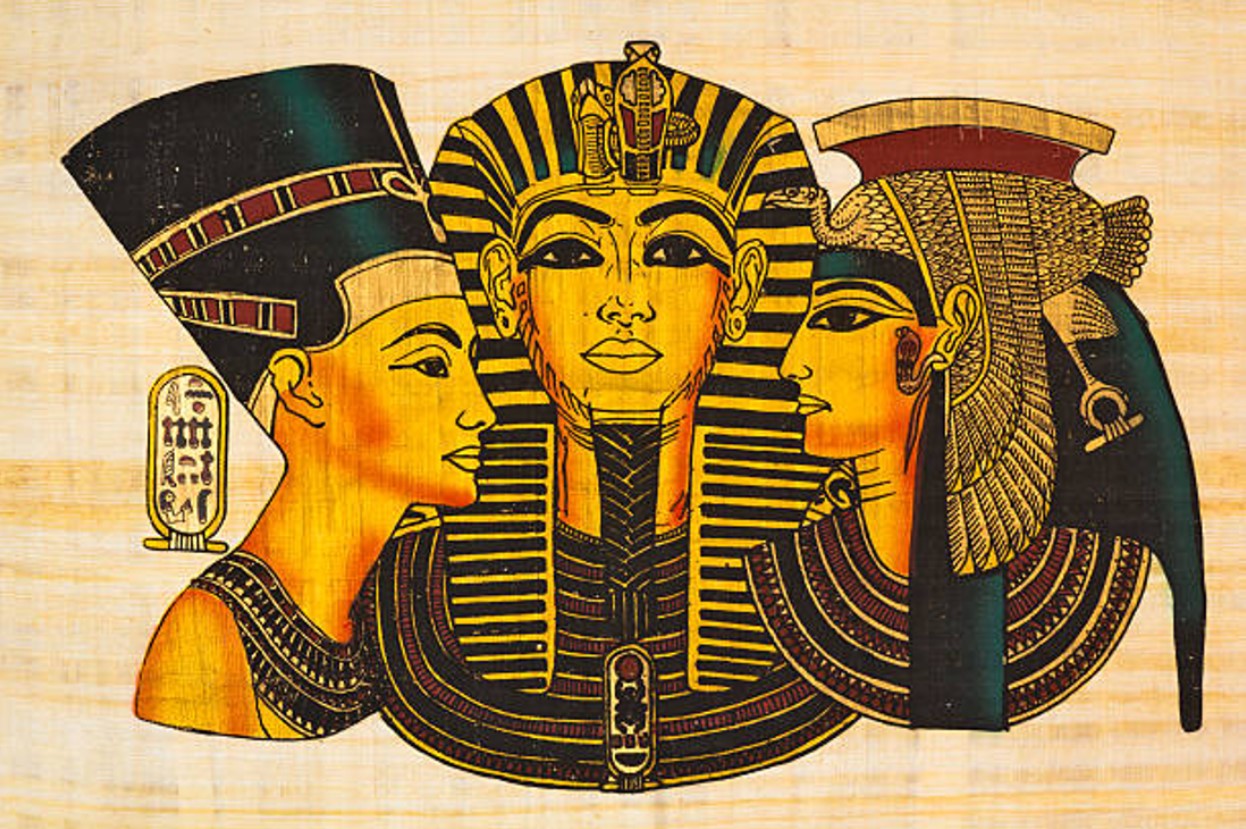
Source: iStock
These chambers, believed to be burial grounds, once held the remains of King Khufu, who commissioned the pyramid above him. The tomb suggests that his family members and other high-ranking officials could be hidden close by.
A Place of Importance
“The Western Cemetery at Giza is known as an important burial place of members of the royal family and high-class officers,” the archeologists wrote, adding that an initial survey by ground-penetrating radar and electrical resistivity tomography revealed “an anomaly in the north of the survey site,” (via Independent).
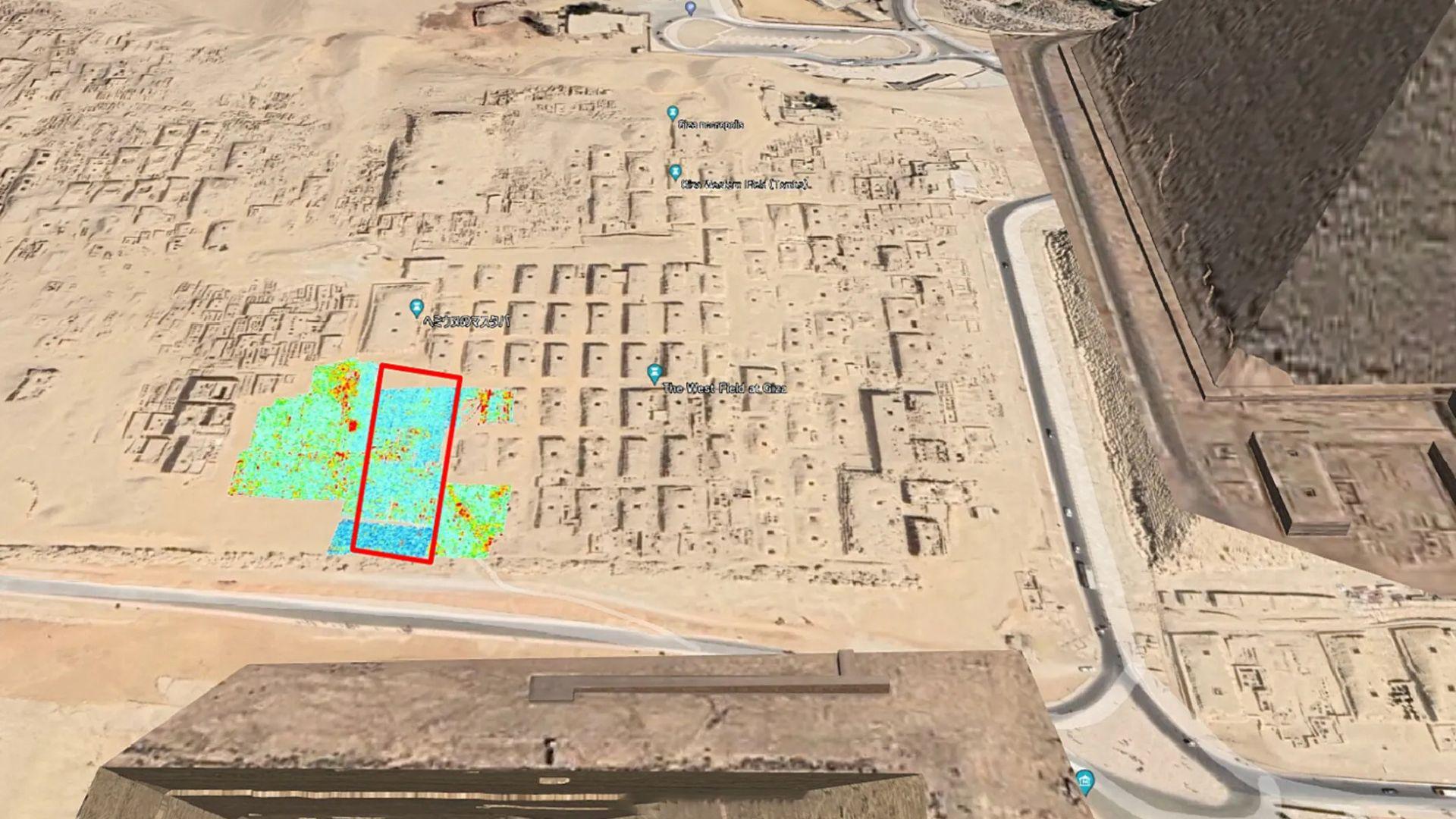
Source: @toursportal/X
“The area of the anomaly could be established approximately, but the structure and the location were unclear.”
More Discoveries
In addition to the new radar technology used to find the structure, researchers also used a technique called electrical resistivity tomography (ERT).
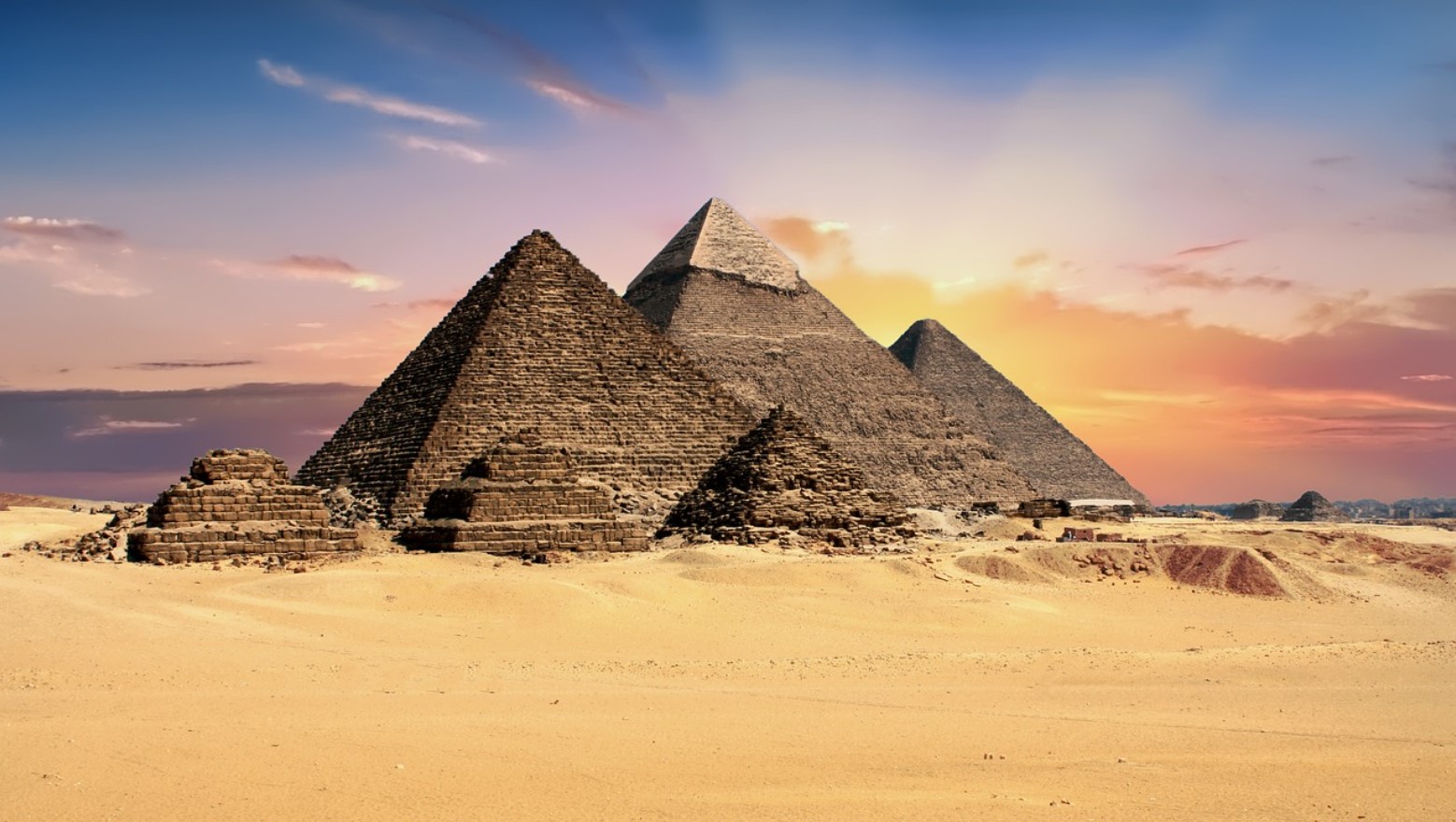
Source: Pixaby
The ERT was used to discover “blank areas” of the structure, which had no visible structures and were mostly flat ground with compacted sand on the surface.
Uncovering the Size of the Structures
Using the scanners, researchers were able to determine that the L-shaped feature is about 32 feet long and about 49 feet wide.

Source: Dario Morandotti/Unsplash
The second structure measures 32 feet all around, which could be a mix of sand and gravel or “sparse spacing with air voids.”
Limits In Research
“We believe that the continuity of the shallow structure and the deep large structure is important,” one of the researchers from the study writes.

Source: Freepik
“From the survey results, we cannot determine the material causing the anomaly, but it may be a large subsurface archaeological structure.”
Too Much Sand to Know
The researchers found that overburdened sand buried most of the uncovered sites, making it difficult to locate the exact position of each structure from the surface.

Source: iStock
The researchers said shallow geophysical exploration methods can identify their positions under such conditions.
The Mysteries of the Great Pyramids
The Great Pyramid stands more than 480 feet tall with the length of each side of the base measuring about 755 feet. It is the largest man-made structure on Earth and is one of the man-made wonders of the world.
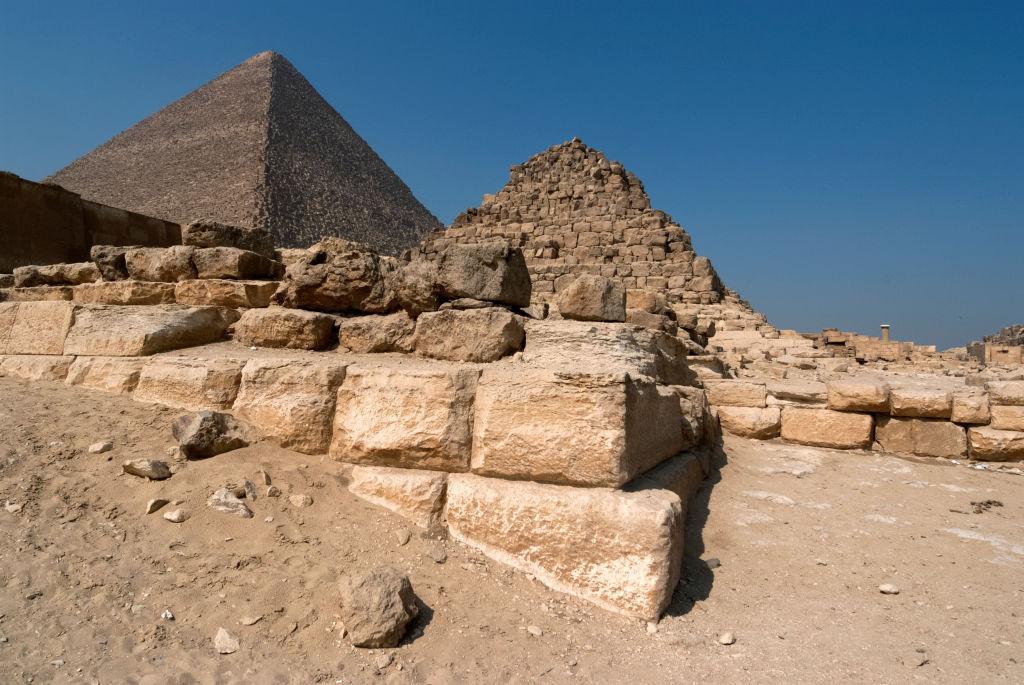
Source: Ethel Davies/Getty Images
An Egyptian group attempting to renovate it has recently made the smallest pyramid the center of debate, while the other two smaller pyramids were constructed later.
Another Recent Discovery
This is one of the newest secrets uncovered from the ancient Egyptian pyramids. In March 2023, scientists discovered hidden corridors buried deep inside the Great Pyramid.

Source: @Rainmaker1973/X
Below the corridor were five rooms resting upon a king’s burial chamber. It was thought that the builders constructed these rooms to redistribute the weight of the massive structure.
